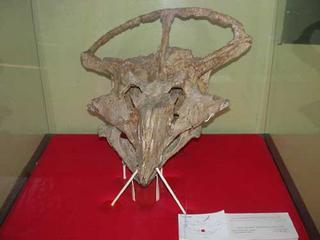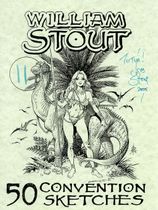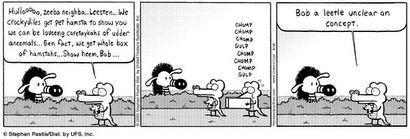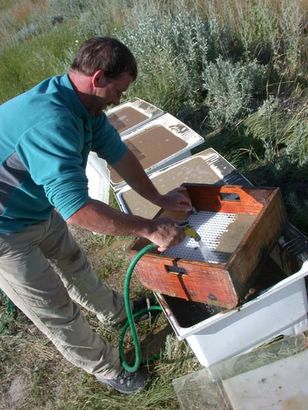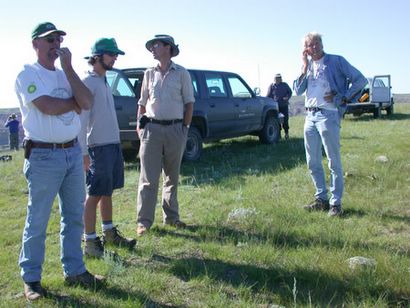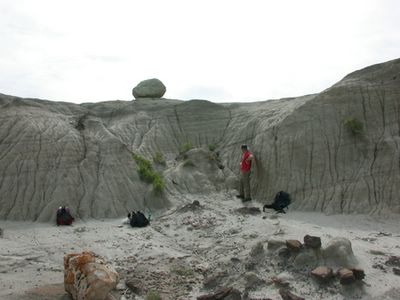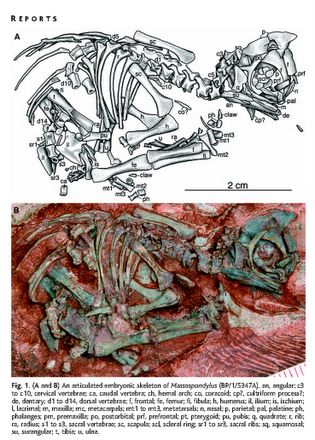From EurekAlerts comes
this article:
ASA-CSSA-SSSA executive committees opposes President's support of intelligent design in position statementMADISON, WI, AUGUST 15, 2005 – The 2005 Executive Committees of the American Society of Agronomy (ASA), the Crop Science Society of America (CSSA), and the Soil Science Society of America (SSSA) are concerned by President Bush's support for teaching intelligent design alongside evolution in K-12 science classes. They have prepared the following:
In Support of Teaching EvolutionPosition Statement by the Executive Committees of the American Society of Agronomy, Crop Science Society of America, Soil Science Society of America, adopted August 11, 2005
Intelligent design is not a scientific discipline and should not be taught as part of the K-12 science curriculum. Intelligent design has neither the substantial research base, nor the testable hypotheses as a scientific discipline. There are at least 70 resolutions from a broad array of scientific societies and institutions that are united on this matter. As early as 2002, the Board of Directors of the American Association for the Advancement of Science (AAAS) unanimously passed a resolution critical of teaching intelligent design in public schools.
The intelligent design/creationist movement has adopted the lamentable strategy of asking our science teachers to "teach the controversy" in science curriculums, as if there were a significant debate among biologists about whether evolution underpins the abundant complexity of the biological world. We believe there is no such controversy.
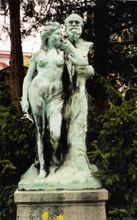
The fundamental tenet of evolution -– descent with modification -– is accepted by the vast majority of biologists. The current debates within the research community deal with the patterns and processes of evolution, not whether the evolutionary principles presented by Darwin in 1859 hold true. These debates are similar to those surrounding the relativistic nature of gravitational waves. No one doubts the existence of gravity just because we are still learning how it works; evolution is on an equally strong footing.
The discussion of life's spirituality is most appropriate for philosophy or religion classes. It is a mistake to conclude that reluctance to incorporate spiritual questions in science classes runs counter to the cherished principle that vigorous challenge is vital to the scientific method.
In all scientific fields, including evolutionary biology, challenge has always been essential and welcomed. Scientific challenge succeeds if it is methodical and findings are verified to the satisfaction of the scientific community. This has not happened with creationism either with or without its new label "intelligent design." President Bush, by suggesting that we use intelligent design as a scientific counterpoint to the teaching of evolutionary biology, is unwittingly undermining the scientific method at its core. This is most unfortunate in an era when U.S. students are already lagging behind their international peers in science education.
This Position Statement is an expression of the official position taken by the 2005 Executive Committees of the American Society of Agronomy, Crop Science Society of America, and Soil Science Society of America on the issue of evolution. This statement serves to summarize the scientific aspects of this issue and serves as official viewpoint of the 2005 ASA-CSSA-SSSA Executive Committees that can be shared with others.
2005 ASA-CSSA-SSSA Executive Committees:
ASA President Lee E. Sommers
SSSA President John L. Havlin
CSSA President James G. Coors
ASA Past-President Lowell E. Moser
CSSA Past-President Kenneth J. Moore
SSSA Past-President J. Thomas Sims
ASA President-Elect David A. Sleper
CSSA President-Elect Steven L. Fales
SSSA President-Elect Mary E. Collins
ASA-CSSA-SSSA Executive Vice President Ellen G.M. Bergfeld
The American Society of Agronomy (ASA)
www.agronomy.org, the Crop Science Society of America (CSSA)
www.crops.org and the Soil Science Society of America (SSSA)
www.soils.org are educational organizations helping their 10,000+ members advance the disciplines and practices of agronomy, crop and soil sciences by supporting professional growth and science policy initiatives, and by providing quality, research-based publications and a variety of member services.
